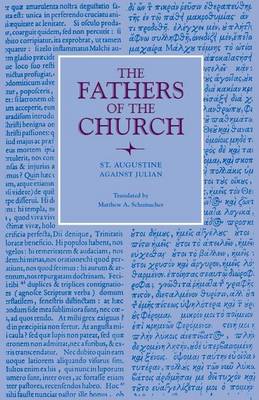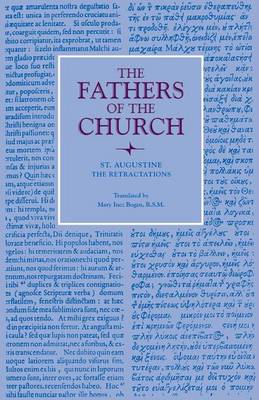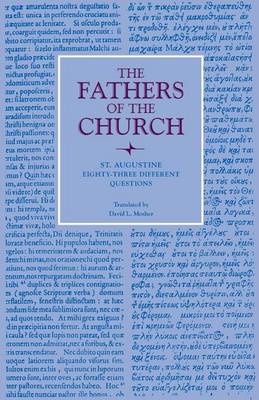Fathers of the Church
1 primary work • 23 total works
The Julian mentioned in the title is Julian of Eclanum who was born at Eclanum in Italy in 380 and died in Sicily ca. 455. After the death of his wife, Julian joined the clergy of his native diocese and eventually succeeded his father as bishop. With a mastery of Greek and Latin Julian combined a great store of theological learning which, however, was tainted with Pelagian errors. Because of his support of Pelagius Julian himself was condemned, deposed and expelled from Italy. In his authentic work, four books to Turbantius, three letters, and eight books to Florus, Julian's heterodox teachings reduced grace to a simple, protective, divine assistance and practically denied that the taint of Adam's sin passed on to the human race.
In Against Julian Augustine stresses in the first two books the traditional teachings of the Church found in the Fathers and contrasts their teaching with the rationalism of the Pelagians. Thereupon he refutes the error of the Pelagians that grace is given according to merits. To refute the Pelagian error concerning concupiscence Augustine explains the Pauline teaching "that each one may know how to possess his vessel." In the concluding book we find a detailed explanation of the practice of infant baptism. This section is a valuable witness to the ritual of baptism as it was conferred in the age of the Fathers.
The major portion of St. Augustine's literary output listed, accounted for, and criticized by the author himself--such is the work here published in English translation for the first time. As the aged Augustine reread his extensive production, he sought to identify and to report to his widely scattered readership anything in his writings that had offended him or might offend others. In achieving this purpose, Augustine brought out a book scarcely to be matched in world literature.
Happily, it was toward the end of his life that the busy Bishop of Hippo set to this review; thus, but few of his "books" fail here to receive his searching self-criticism. His letters and sermons are in general not dealt with; they were to be covered in further parts of the Retractations that Augustine did not live to achieve.
The extensive notes that the translator furnishes supply the background to Augustine's own discussion of each one of his 93 books, and both analyze and synthesize the bishop's large and wide-ranging production.
In the autumn of A.D. 388, St. Augustine returned from Italy to northern Africa. Here in his native Thagaste he assembled a monastic community. When the brethren found their leader Augustine in a rare moment of leisure, they had no misgivings about putting questions to him on a variety of topics which he answered from the store of his vast knowledge. These questions together with the answers were later collected and assembled in a random order (ractions ). The English translation presented here affords the reader a rare opportunity to glimpse some of the topics that interested members of a community that eventually gave the early Church four bishops: Alypius of Thagaste, Severus of Milevis, Profuturus of Citra, and Possidius of Calama.
Even though St. Augustine intended no specific sequence in this collection, four broad categories in the question and answer literary form are discernible. One category serves as Christian apologetic, e.g., against Arian and Manichaean errors. The second presents Augustine in the role of exegete of selected passages from both the Old and New Testaments. The third and fourth categories, containing the greater number of questions and answers, show Augustine the philosopher and theologian, a person of towering intellectual stature in western Christianity and one of the important "Founders of the Middle Ages." Though formulated between the years A.D. 388 and 395/97 and presented from the viewpoint of Neoplatonists, many topics, e.g., the cause of evil, sin and freewill, still have great relevance for the modern reader.


